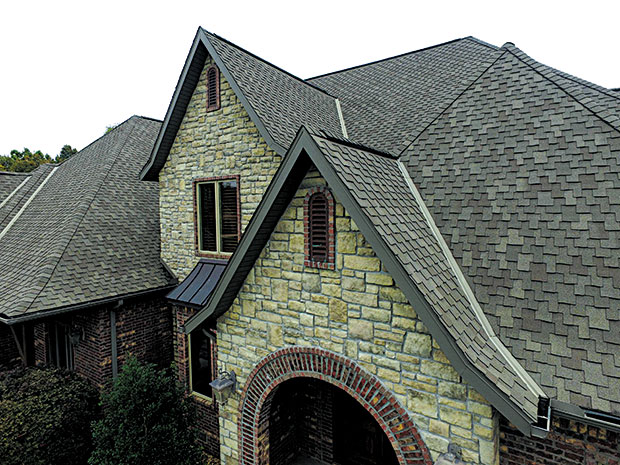The weather has finally improved from the continual rain and gusty winds we saw with the start of the new year. Now, we have opened up to what many refer to as “the best weather on the planet.” The days are sunnier, but not too hot, and the nights are cool enough to open up the windows and still cuddle up under the covers. We can all get back to outside playtime – and get some work done on the yard and house, too. The winter months can cause havoc on the exterior of a house, especially a roof. It takes the brunt of the wind, snow, and of course, rain. If you notice any missing shingles or tears, it would be wise to call the Midland & Odessa roofers and have a professional to come and take a look. The quicker you identify a problem, the quicker you can have it resolved.
If your house is like ours, getting work done on the house entails cleaning up the debris the winds left behind. It is also a good time to inspect your roof for possible repairs to ensure it holds up for the next bout of weather. Last week, I talked to Jon Vaughn of MRC Roofing Hawaii about what to look for when you start inspecting your roof for issues. This week, we continue the discussion.
Q: WHAT ARE SOME SIGNS I SHOULD BE LOOKING FOR?
“Ninety percent of all residential roofs are composition asphalt shingles, which means they are composed of a fiberglass matting coated in asphalt and granules,” Vaughn said. “Once you can see the fiberglass at the narrow-cut edge shining in the sunlight, they are about 50 percent through their life expectancy. When the fiberglass becomes visible from the top-face surface of the shingles, then your shingle is about 75 percent through its lifespan, and you should start planning for a reroofing project.”
Q: HOW DO I KNOW IF MY LEAKY ROOF SHOULD BE REPAIRED OR REPLACED?
Vaughn suggests looking at both your material warranty (manufacturer 12 to 50 years) and workmanship warranty (contractor two to seven years).
“If your roof leaks within the contractor’s warranty period, call them immediately along with a second reputable roofing contractor for their opinions,” he said. “If the roof is out of warranty, then it makes sense to reroof instead of band-aiding an old roof that will probably spring new leaks.”
Q: WHAT ARE MY OPTIONS WHEN PAYING FOR ROOF REPAIR?
“Spot repairs usually aren’t worth the time and energy expended for filing an insurance claim, especially since most policy deductibles cost $500 to $1,000,” Vaughn said. “Large-area roof damage would justify initiating a claim if the specific type of damage is covered by your policy. The types of damage that are usually covered are wind damage, foot traffic and fire.”
Have a comment or question for Joanne? Email thefixisinhawaii@gmail.com.
